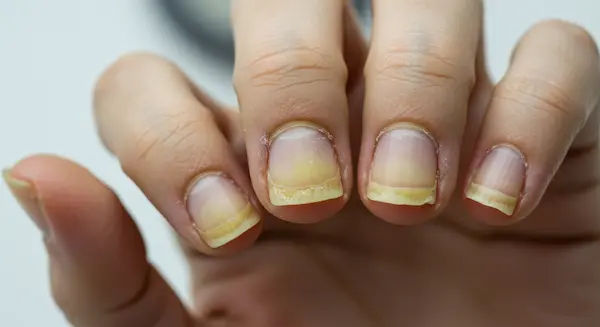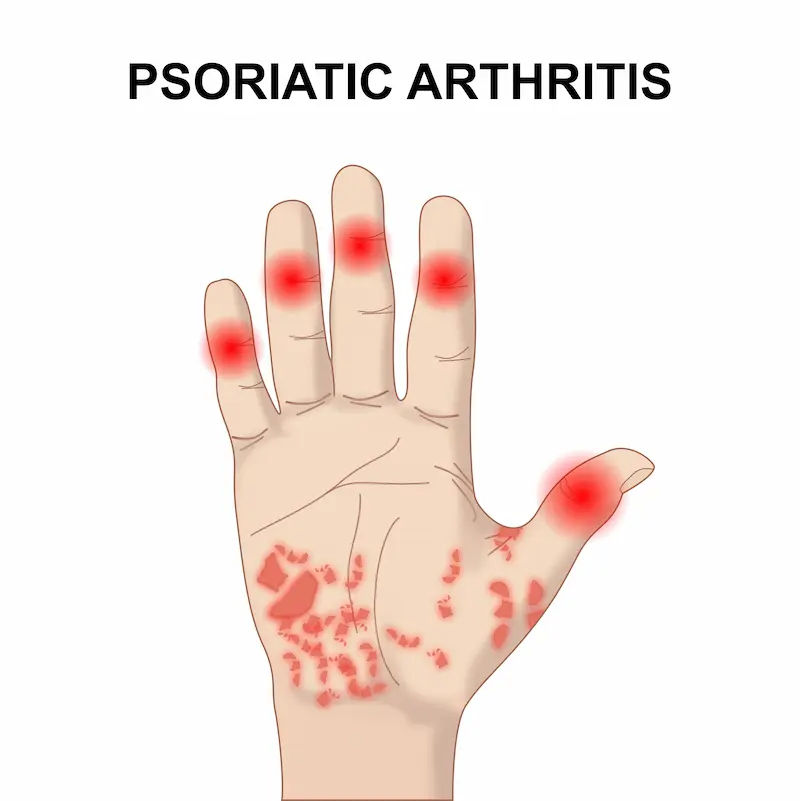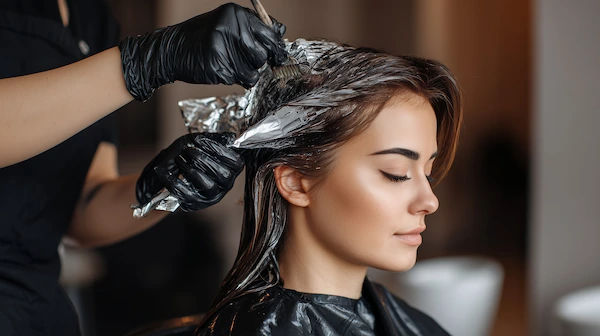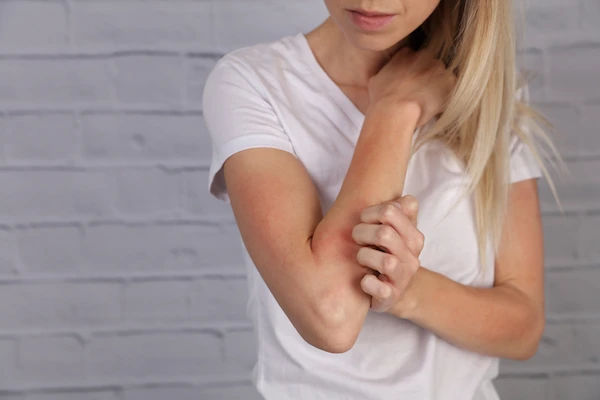- female
- 30 Years
- 31/03/2021
How do split ends look like?
Answered by 1 Apollo Doctors
Split end looks like two seperate strands of hair at the bottom of hair shaft, sticking away from one another forming a v shape
Dr. Mubarak Suggests...
Consult a Dermatologist
Answered 04/07/2025
0
0

Ask Apollo
AI powered Health Chatbot
-
Appearance of Split Ends:
- Split ends occur when the hair cuticle is damaged.
- They look like the tip of a hair strand splitting into two or more parts.
-
Signs of Split Ends:
- Frayed or ragged tips: Hair ends appear uneven or shredded.
- Splitting strands: Tiny splits or forks at the end of hairs.
- Dry texture: Ends feel rough or brittle.
-
Prevention and Care:
- Trim split ends to prevent further damage.
- Use regular conditioning and limit heat or chemical exposure.
Answered 20/08/2025
0
0

More Dermatology Health Queries
View allI'm really worried about my mom. She had a foot corn and used a corn cap, then cleaned it with Dettol for about 45 days, which seemed to burn her skin pretty bad. We went to a dermatologist who prescribed omnacortil 40mg. I read online that this medicine should show effects in about an hour, but she's not feeling any improvement. Her hands and foot look burnt, they're itchy, and she can't fold her fingers because they're swollen. She's also taking augmentin 625mg three times a day. How long does it usually take for the steroid to start working, and when might she start getting better? It's really concerning.
Omnacortil 40mg (Prednisolone)_ 1. *Onset of action*: 1-2 hours, but peak effects may take 4-6 hours. 2. *Expected improvement*: Within 24-48 hours, but full recovery may take 7-10 days. _Augmentin 625mg_ 1. *Antibiotic effects*: Should start showing improvement within 2-3 days. _Current Situation_ 1. *Severe skin reaction*: Dettol can be harsh on skin, causing burns and irritation. 2. *Steroid treatment*: Omnacortil should help reduce inflammation and swelling. 3. *Antibiotic treatment*: Augmentin should help prevent infection.
Answered by 1 Apollo Doctors
I'm experiencing some redness and itching on the skin of my scrotum, and it seems to be peeling too. The dryness is pretty uncomfortable, and I'm starting to feel a bit worried. Any idea what could be causing this and what I can do about it?
#NAME?
Answered by 1 Apollo Doctors
I'm really concerned about a possible connection between the medication I've been taking, Saaz DS, and developing allergies. Recently, I've noticed symptoms that remind me of ringworm, and it's making me anxious. I've been on Saaz DS 1g twice daily for about a year now. Could there be a link, and should I be worried?
Saaz DS (Sulfasalazine) is not typically used to treat allergies or ringworm. It is commonly prescribed for conditions like rheumatoid arthritis and ulcerative colitis. If you are experiencing symptoms of allergies or ringworm, it is best to consult with a healthcare provider for proper evaluation and treatment.
Answered by 1 Apollo Doctors
Disclaimer: Answers on Apollo 247 are not intended to replace your doctor advice. Always seek help of a professional doctor in case of an medical emergency or ailment.

 What causes split ends to form?
What causes split ends to form? 



